Freedom of assembly in public space has been a lively topic this fall on campuses across the nation. University of Washington PhD students in the Built Environment held a colloquium to examine public and politics after reading a reprint of Professor Jeff Hou’s article from Beyond Zuccotti Park, in Places online magazine, Design Observer—Beyond Zuccotti Park: Making the Public.
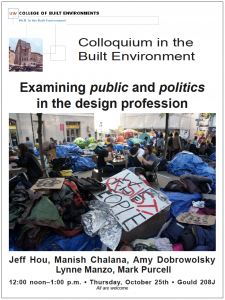
Columbia University Professor of Sociology, Saskia Sassen, who is also a contributing author to Beyond Zuccotti Park, cohosted a Cities Conference with Richard Sennett—Theatrum Mundi/Global Street: Presence and Absence in the City. Michael Kimmelman led a panel session there focused on what makes a street alive or dead. “The ‘life of the street’ is a classic Jane Jacobs trope; what does it mean today? Have the people who once gave streets life left the city, or been removed, or ceased to wish to interact? Has the design of streets prevented people from engaging with one another?” His session also covered the key issue of privatization of public space. The conference was followed by a public workshop, Places and Spaces for Free Speech in the City— “In a time of cordoned-off ‘free speech zones’ and after the eviction of Occupy from Zuccotti Park, a question arises: What could and should a space for Free Speech and Assembly in New York City look like?”
Also in New York City, Fordham University held a public discussion—Public Spaces, Public Good: Building the Livable City—with Beyond Zuccotti Park contributing authors Janette Sadik-Khan and Michael Sorkin.
On the Cornell University campus, students, faculty and staff joined in a day-long open forum, which included political theater, a “People’s School” for democratic discussion on topics of anyone’s choice, and placement of a man-made tree stump in Ho Plaza to serve as a soapbox for free speech.
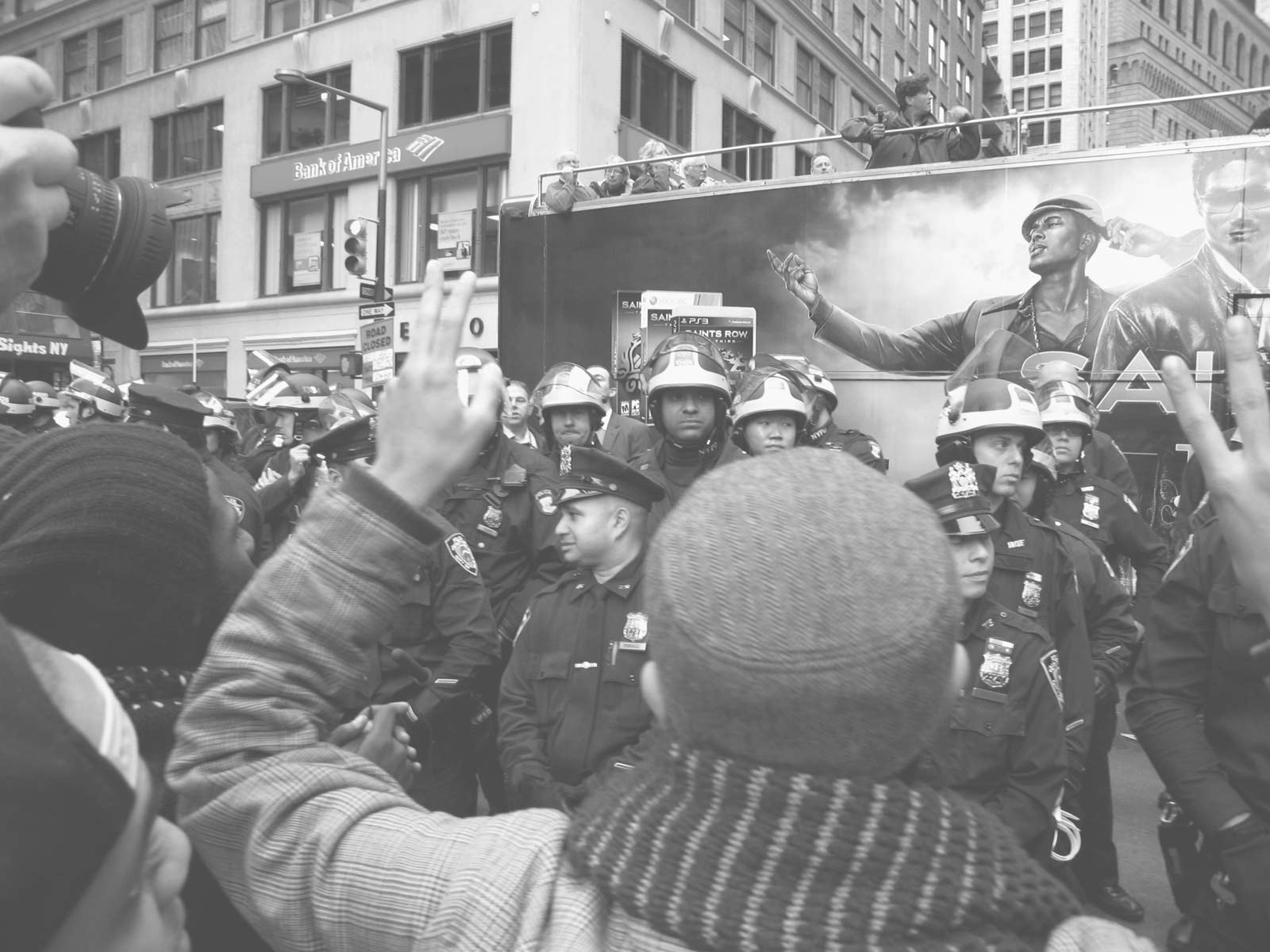
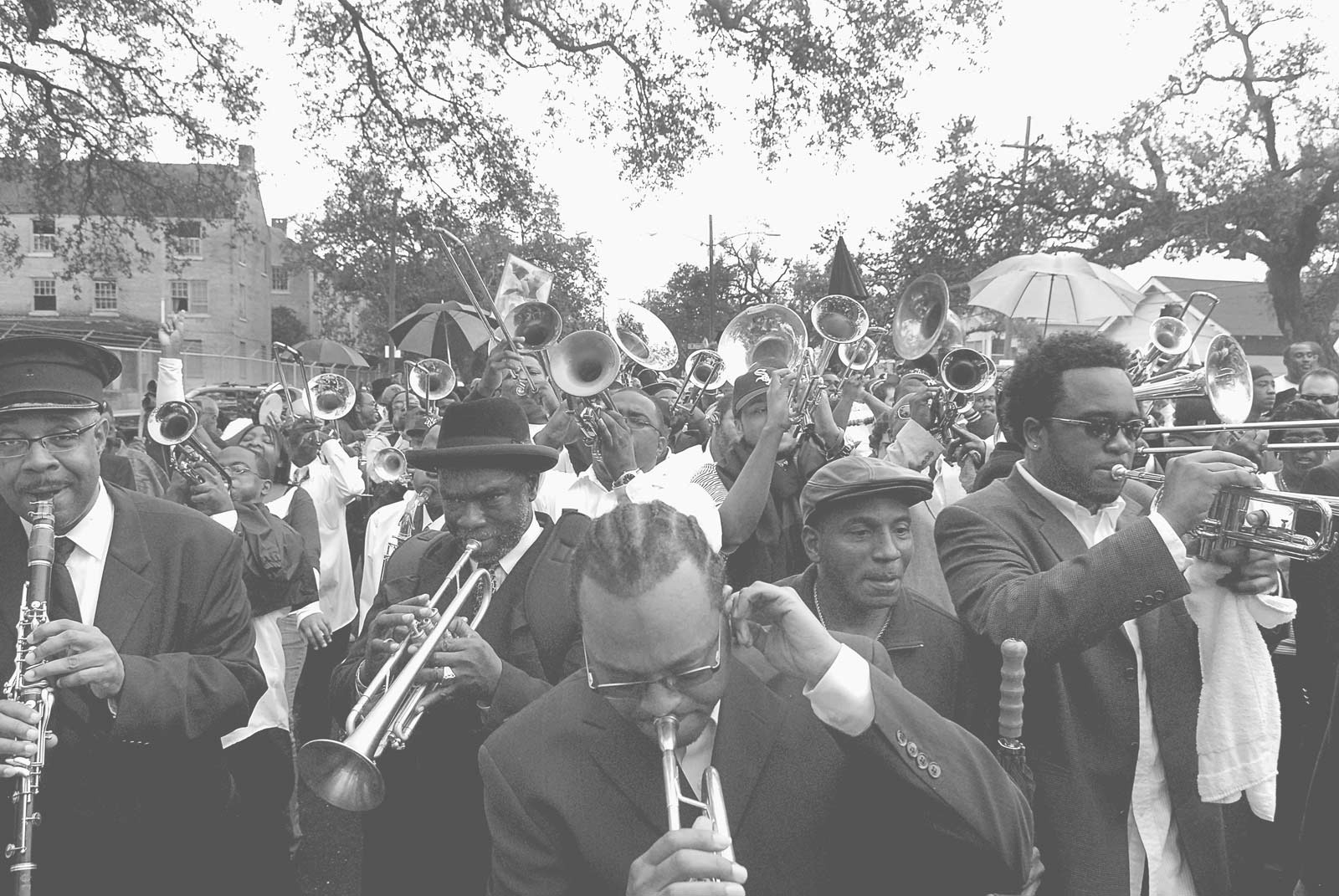
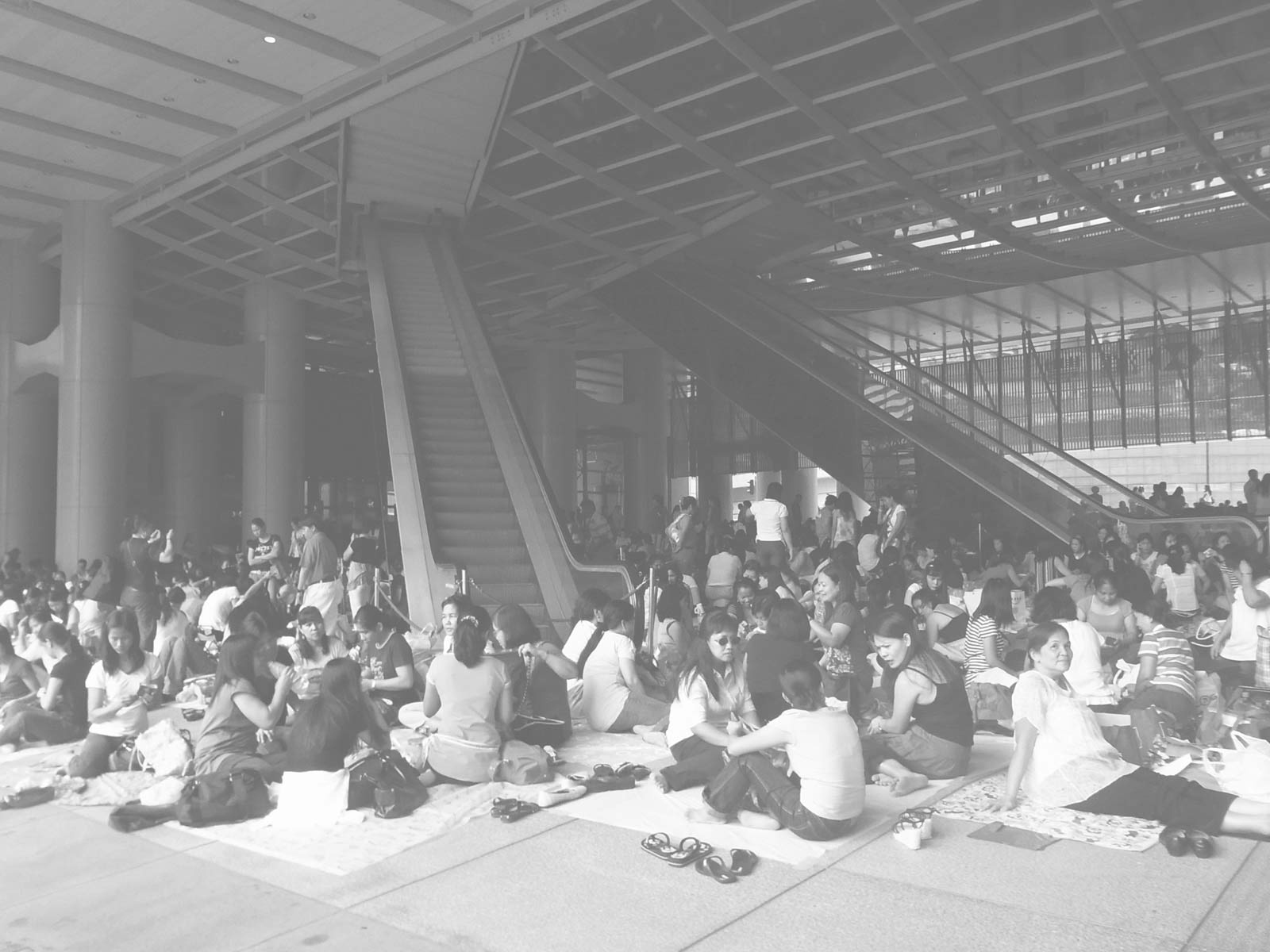
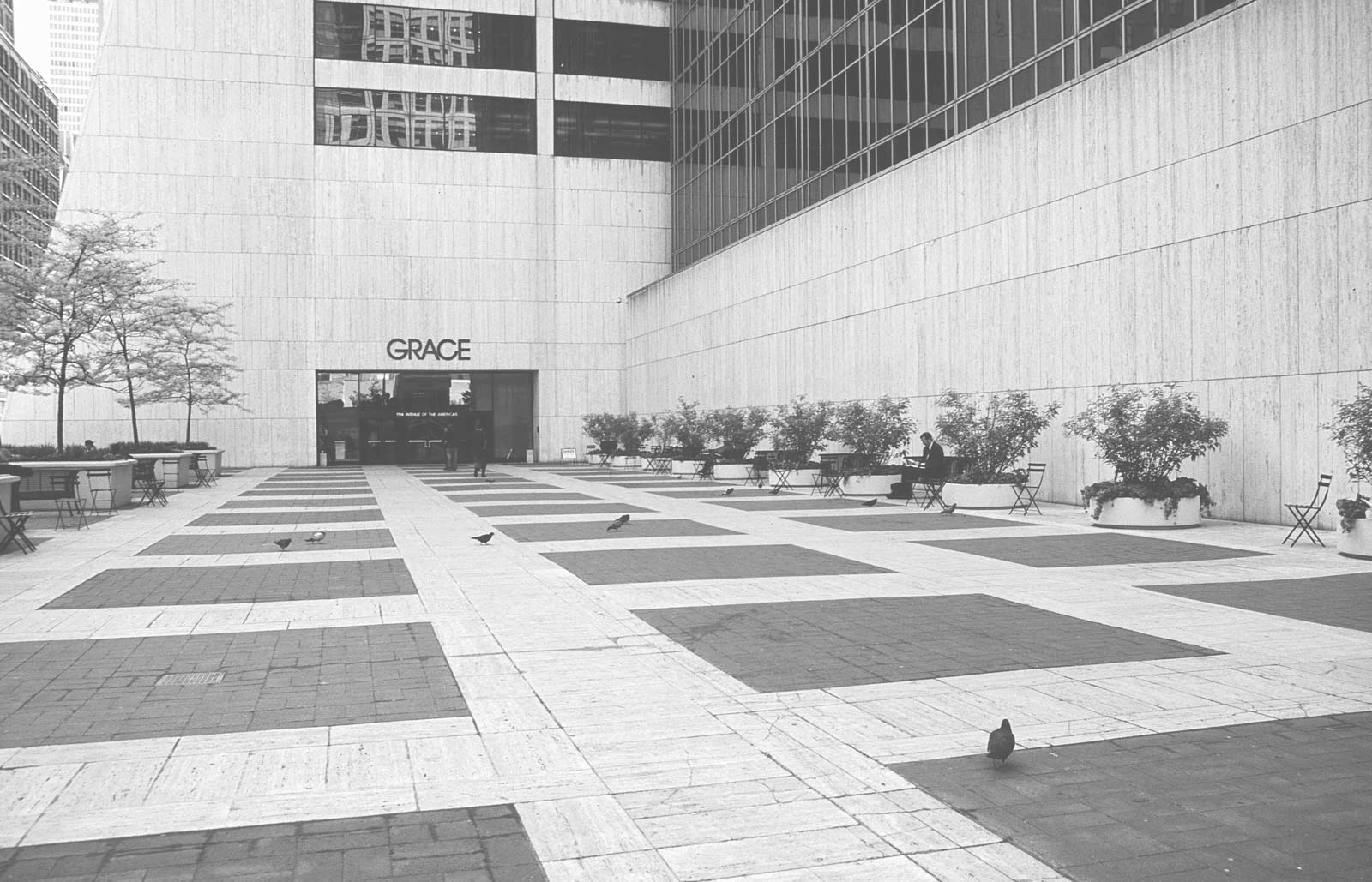
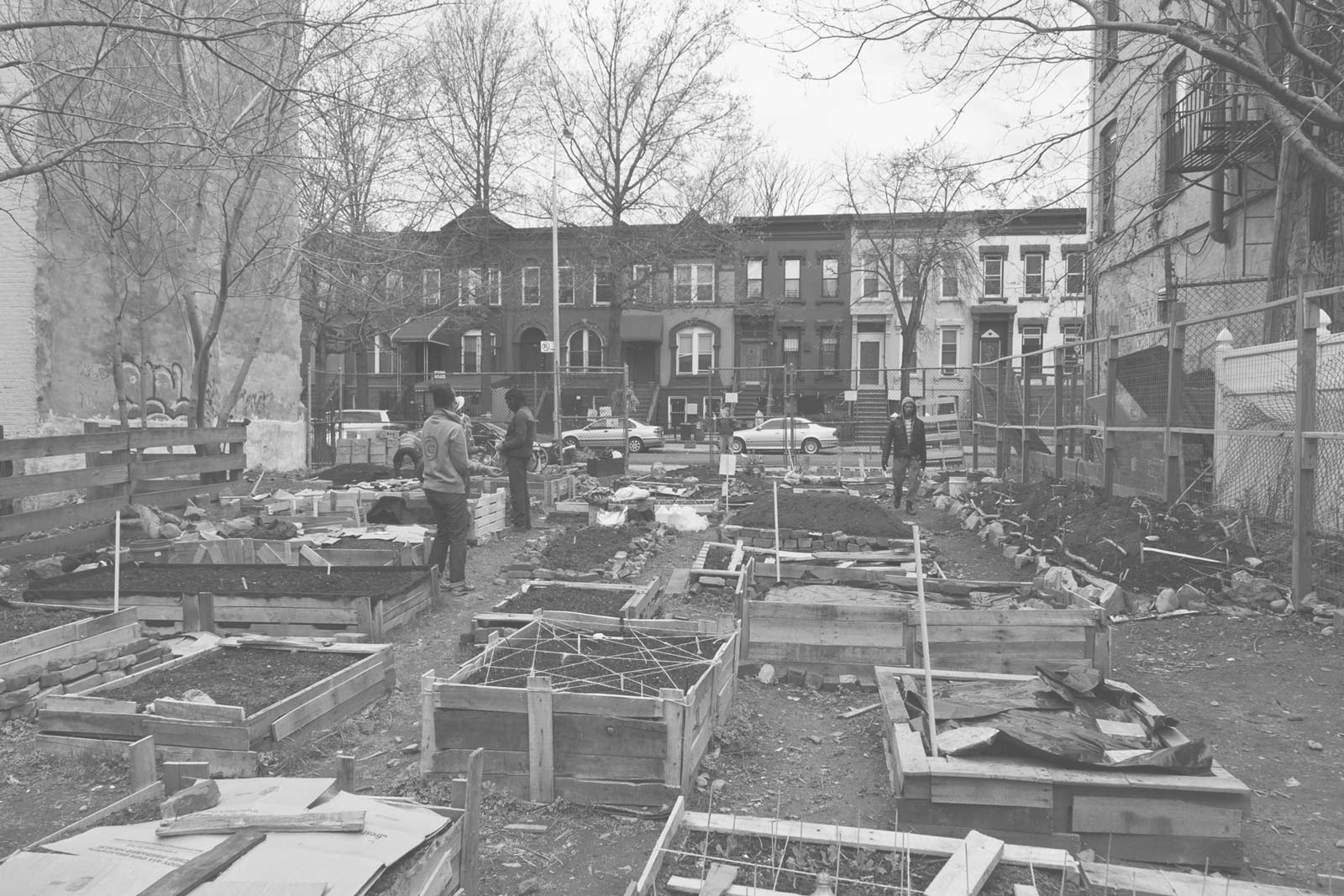
Follow Us!